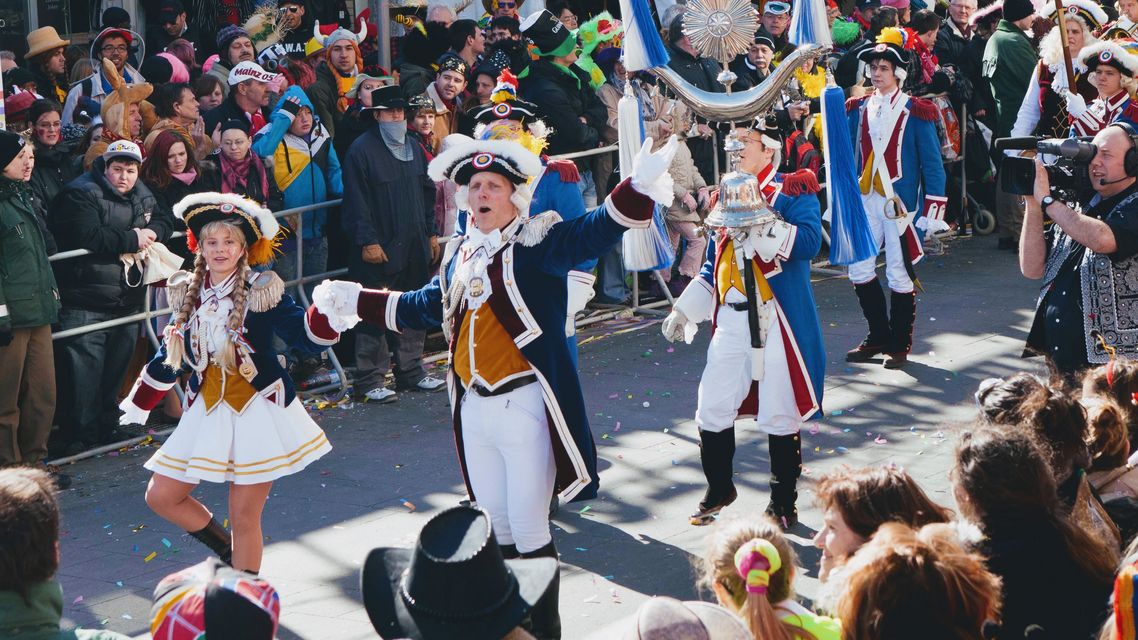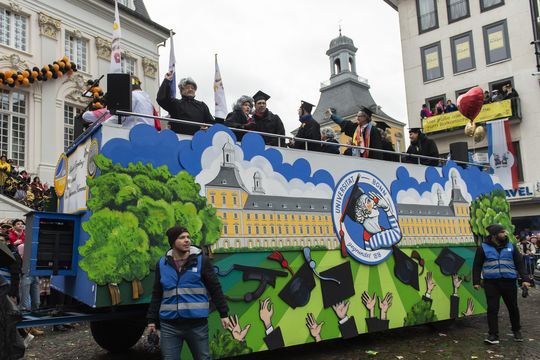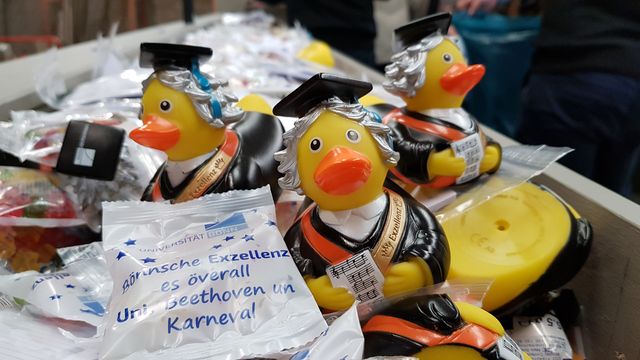Dasha is from Ukraine and came to Germany a few years ago as an au pair. Today she lives in Bonn and studies Business Psychology at the University of Applied Science in Cologne.
Have you learned to love Carnival in Germany?
I have really enjoyed Carnival before the pandemic and I am waiting for the possibility to celebrate Carnival and to have fun with my friends.
Is there something similar in your home country?
Unfortunately there is nothing similar in my home country because in Ukraine we don’t have Carnival at all. I didn’t know that in Germany there is a tradition to celebrate Carnival.
What was your costume?
I had different costumes, but they were really simple. I was like a big cat or leopard.
Where did you celebrate? Did you attend official carnival events, carnival parades or private carnival parties?
In most cases I did private parties with my friends, because it’s a great opportunity to spend time with friends and of course I took part in Carnival parades. There are a lot of Carnival events, but most of them cost money and are full.
What was the atmosphere like at Carnival?
It was really a great time and experience for me. I could learn about the common traditions of celebrating Carnival. I knew that Germans love rules. So it was no surprise to me that with Carnival there is a rule that allows Germans to go wild. Actually, it doesn’t matter, which costume do you have. You can have party everywhere, you can expect everyone to be dressed up and having a good time.
Are there any carnival songs that you particularly liked?
I have become a huge fan of carnivals songs. My favourite bands are Querbeat, Kasalla, Miljö and Brings. I can even sing along with most of the songs by heart.







